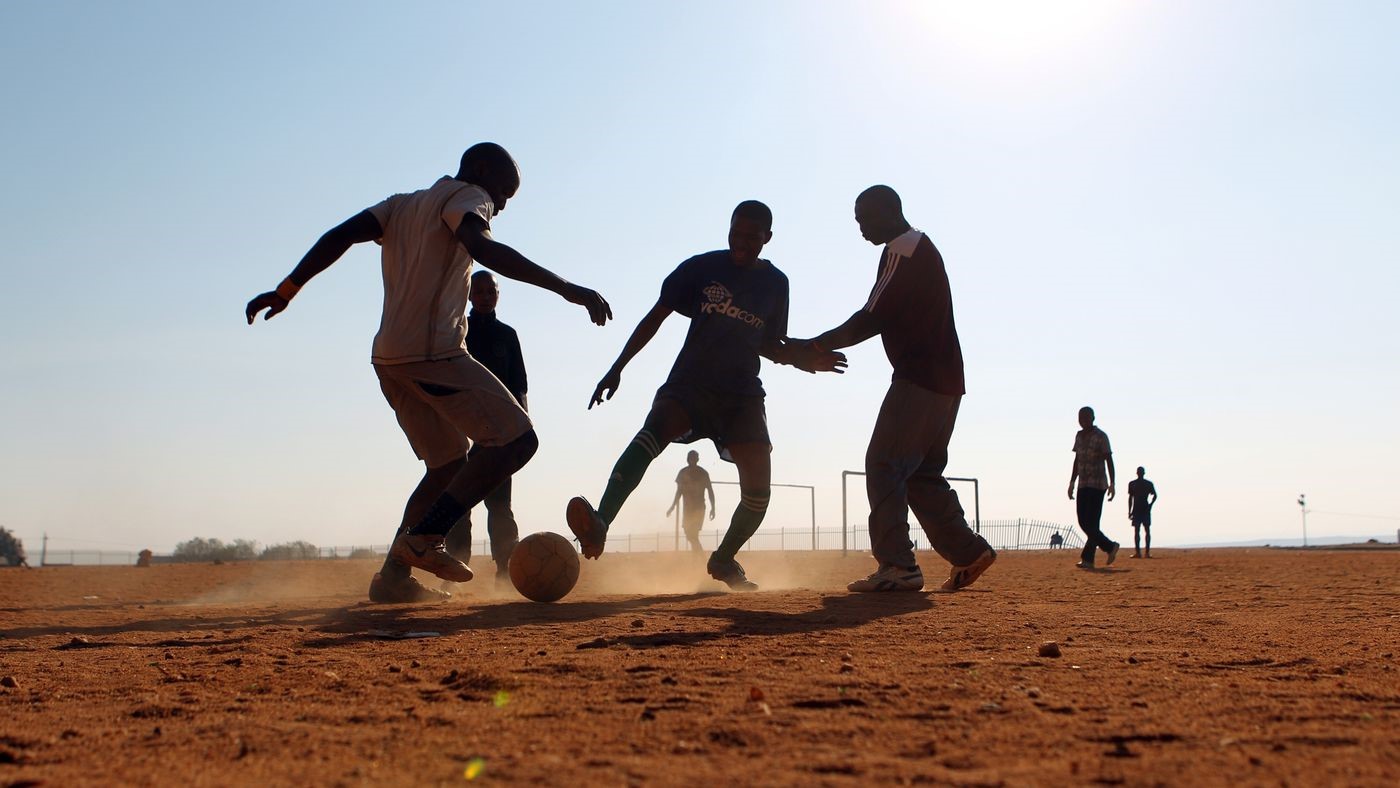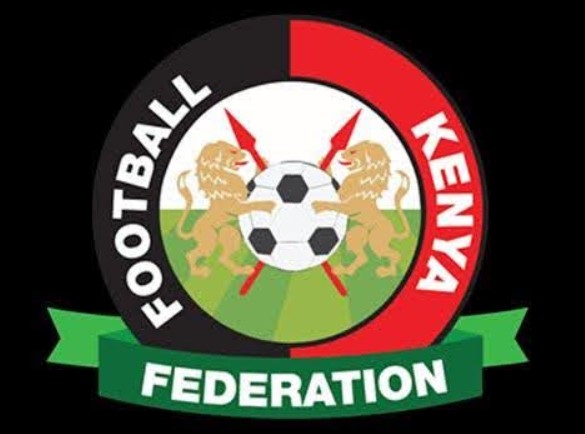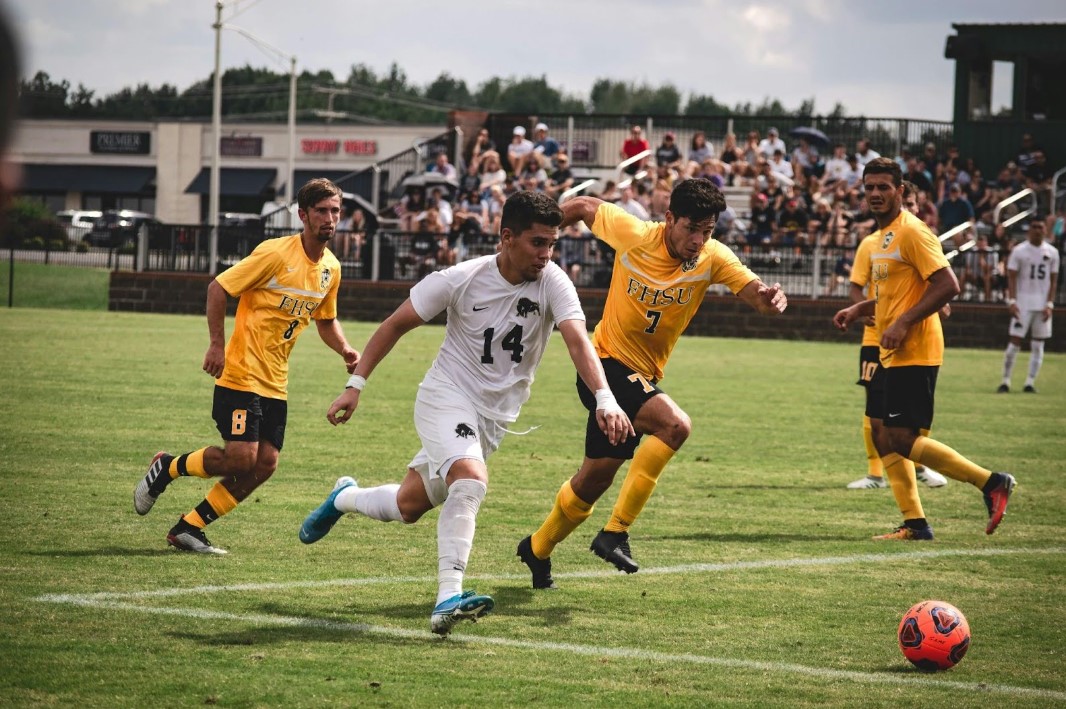Warm-up Exercises in Football: Importance and Common Drills
Warm-up exercises in football help improve flexibi
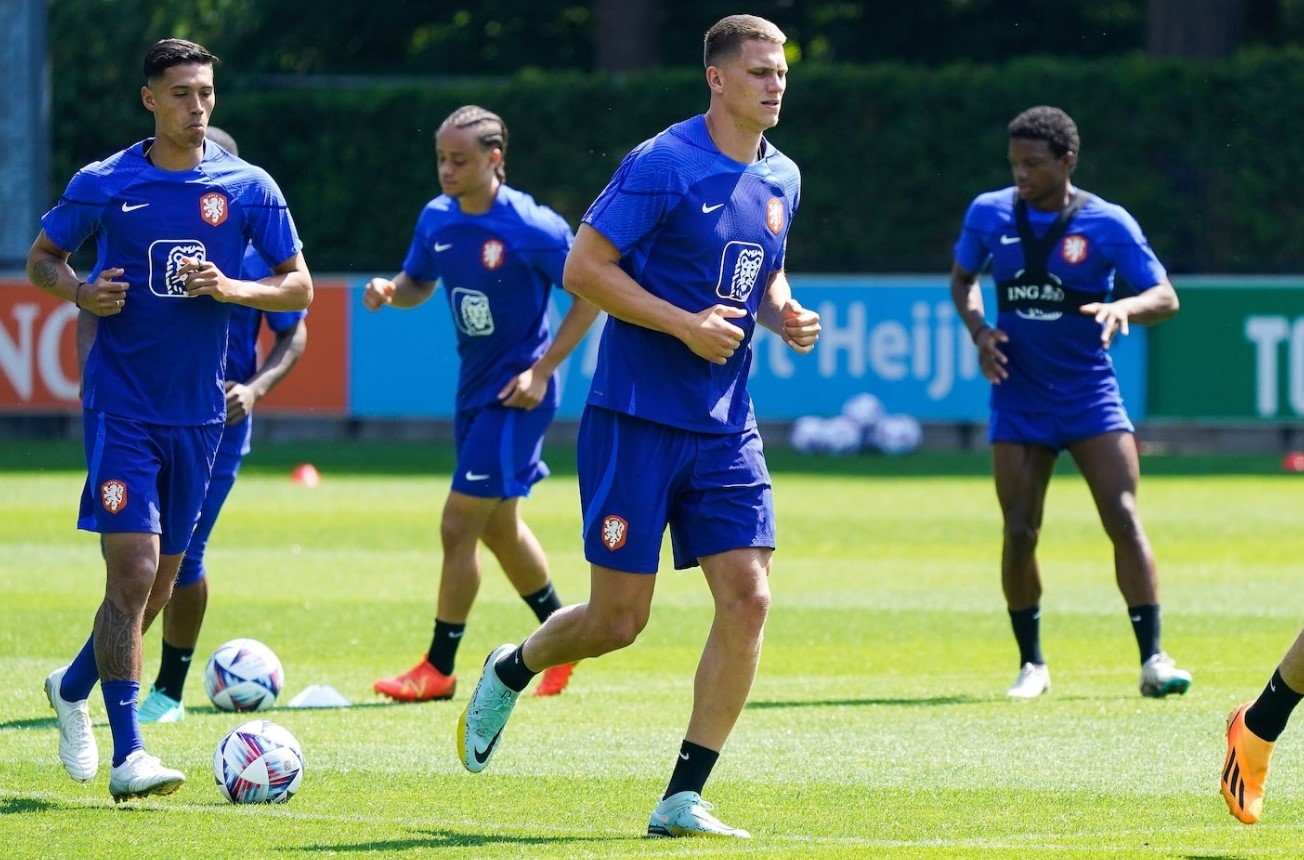
Warming up is an essential part of every soccer training session and match. It helps the player’s body get used to the intensity of the exercise, minimizes the risk of injury and optimizes performance. In this article, we will learn about the importance of warm-up exercises in football and the common types of exercises that are commonly used.
The Importance of Warm-up in Football
- Enhancing Flexibility: Warm-up exercises help players gradually adapt to the movements, flexible motions, and quick transitions required in football.
- Reducing the Risk of Injury: Light warm-up exercises help stretch the muscles, increase the elasticity of muscles and tendons, thereby reducing the risk of injury.
- Improving Performance: When the body is properly prepared, players can perform at a higher level, maintaining focus and alertness throughout the match.
Common Warm-up Drills in Football
There are various types of warm-up exercises in football. Below are basic drills commonly used before starting a training session, compiled from the sports and entertainment website Jun88.
Light Jogging
Light jogging is one of the simplest but most effective warm-up drills. Jogging around the field or in a small area helps warm up the muscles and increases blood flow to vital organs, preparing the body for more intense exercises.

Stretching Exercises
Stretching is a crucial part of any warm-up routine. It helps increase flexibility and prevent injuries. Some common stretching exercises focus on the thighs, calves, and back muscles. These exercises not only enhance flexibility but also reduce the chances of cramps and muscle strains.
Thigh Stretch
A popular stretching exercise is the thigh stretch. Stand straight, lift one leg, pull it toward your backside, and hold for a few seconds. Repeat with the other leg. This stretch targets the front thigh muscles, easing tension during movement.
Calf Stretch
Calf stretching is equally important in football because players often use their calves during running, kicking, and jumping. A simple exercise involves standing straight, placing one foot on an elevated surface, keeping the leg straight, and bending forward to feel the calf muscle stretch.
Combined Drills
In addition to basic stretching, combining movement with stretches can further enhance flexibility and body activation. A prime example is the lunge stretch with torso rotation. This drill warms up the entire body, particularly large muscle groups like the thighs and back.
Lunge with Torso Rotation
Start by standing upright. Step one foot forward, while simultaneously rotating your torso toward the leg that's forward. This exercise warms up the calves, thighs, and increases flexibility in the back.
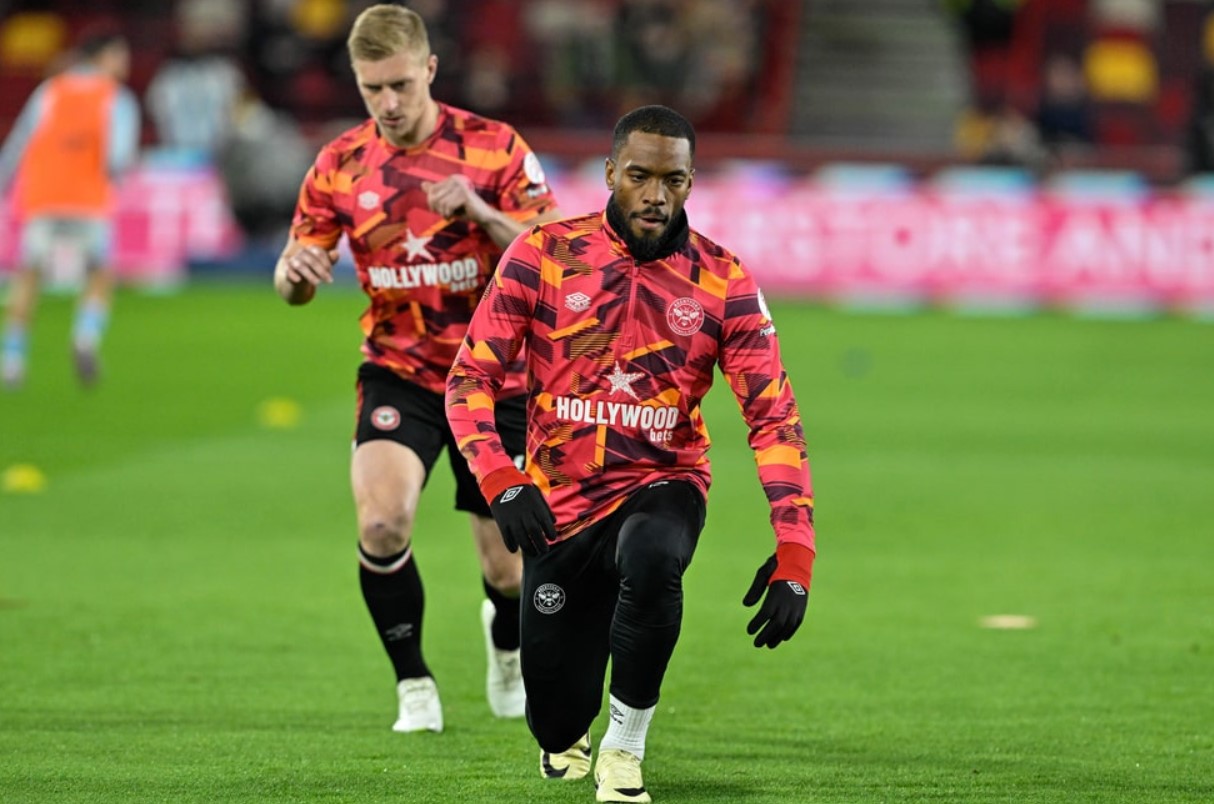
If you are looking for a place to try your luck, check out https://www.jun88qy.com/khuyen-mai/, which offers best gaming experiences with top promotions.
Auxiliary Exercises
In addition to basic drills, some auxiliary exercises help players build strength and endurance. These drills focus on strengthening joints and muscles that bear the most pressure in football, such as the knees, ankles, and hips.
Push-ups
Push-ups are a great drill for building strength in the shoulders, chest, and arms. These muscles are vital when players engage in physical duels, perform powerful kicks, and maintain balance while moving.
Squats
Squats are excellent for strengthening the thighs and glutes, key muscle groups involved in running, turning, and attacking. This exercise helps increase leg strength, making players more agile on the field.
Warm-up Duration and Execution
The ideal duration for a warm-up is about 15-20 minutes. During this time, players should perform light exercises, gradually increasing intensity to prepare the body for the following training or match.
Conclusion
Warm-up exercises in football play a critical role in preparing players both physically and mentally. A proper warm-up helps players avoid unwanted injuries and boosts their performance. By completing both basic and auxiliary warm-up exercises, players will be ready for any challenge on the field.


